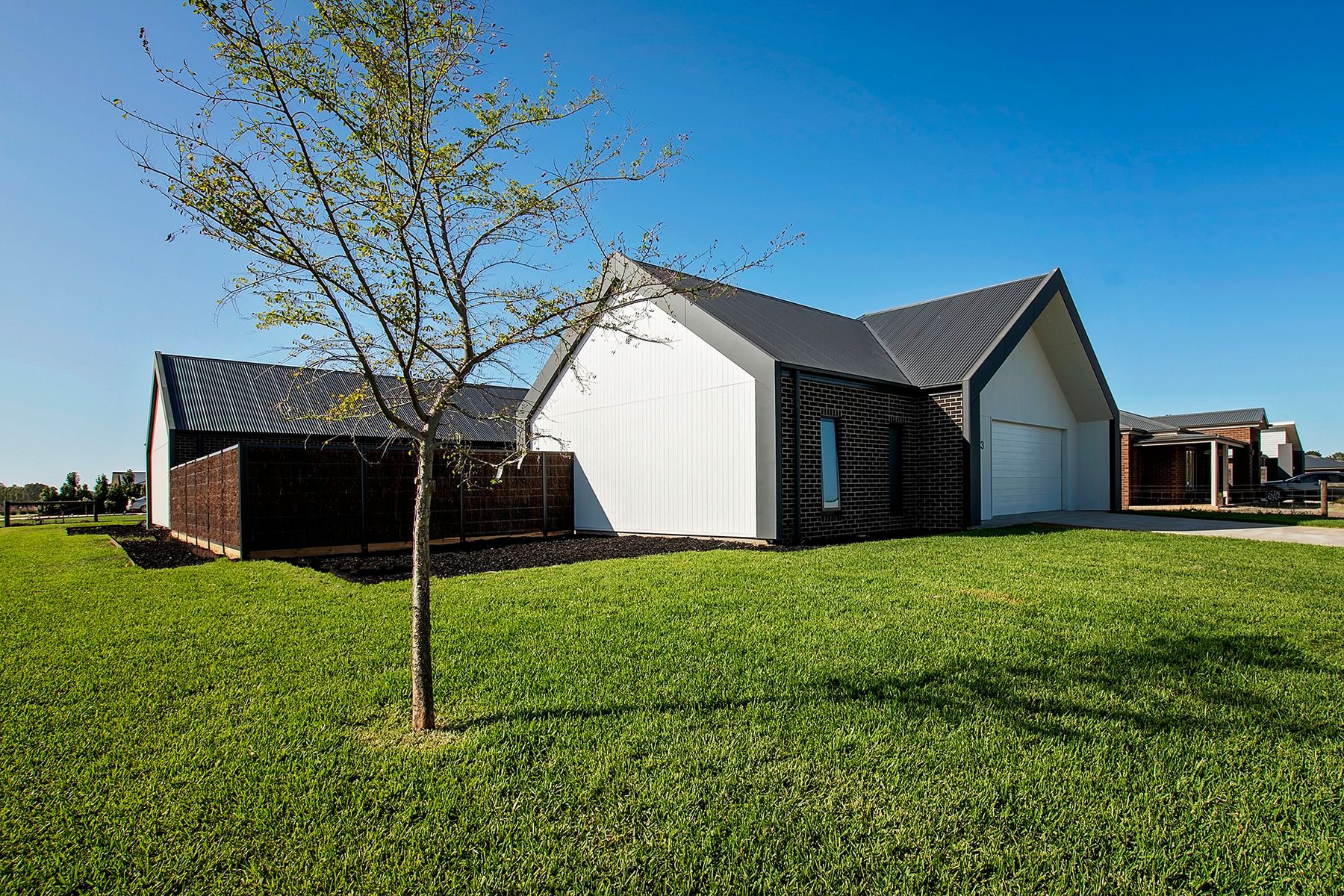
It’s been extraordinary times for the renting in recent years, but recent figures are showing a modest slow down in the national rental index relative to a reverent monthly high of 1.0% in March and 0.9% in April.
Figures showed the index increased 0.8% in May, well above the pre-COVID decade average which saw rents rise at 0.2% month-on-month.
Importantly, the reduction in rental growth is most evident across the regional markets, where rents rose 0.3% higher over the month, while capital city rents increased 1.0%. Similarly, monthly growth in capital city house rents (0.9%) has eased more visibly than unit rents (1.4%).
CoreLogic explains that while the pace of rental growth looks to have slowed a little, rents are generally still rising. Across the capitals there are a few exceptions, with rents in Darwin and Canberra reducing over the rolling quarter by -0.2% and -0.7% respectively. At the other end of the spectrum are the larger capital city unit markets, where rents are rising at a blistering speed. Sydney unit rents were up 5.7% over the past three months, Melbourne and Perth unit rents rose 5.2%, and in Brisbane unit rents have increased by 3.8% over the rolling quarter.
Corelogic said that unit markets are likely to be experiencing higher rental growth for a number of reasons, including the fact that city unit rents are about 9.5% cheaper than house rents, although a year ago the gap was 14.8%.
Further to that, there is also the additional demand for higher density styles of rental accommodation linked to the return of foreign students and overseas migrants, with regions popular with recent migrant arrivals tending to be higher density. In addition, rental demand in inner-city precincts may be seeing an increase in popularity as workers return to the office and CBDs become more vibrant.
Despite this, capital city rental listings were -36.4% below the previous five-year average at the end of May, and vacancy rates are holding around the 1% mark for both houses and units.
One early sign of increased investor participation in the market was seen in March ABS housing finance data where the number of new investment housing loans secured jumped from a recent low of 11,500 in January to around 15,300 in March, though investment loan volumes were still -29.4% lower year-on-year.
Finally, rental yields have firmed after recording a solid upwards trajectory through the downturn, and with housing values once again rising, gross rental yields look to have stabilised below the pre-COVID decade average of 4.2% (nationally).
In other news, The Australian housing market has seen a significant acceleration in its recovery, according to the latest report from CoreLogic.
The national Home Value Index (HVI) has recorded its strongest monthly growth since November 2021, with home values increasing by 1.2% in May. This marks the third consecutive monthly rise in the Home Value Index, following a period of decline earlier this year.
While Sydney is leading the way, other cities are also seeing positive growth. Melbourne saw a 0.9% increase in home values over May, while Brisbane and Adelaide saw increases of 1.4% and 0.9%. Perth saw an increase of 1.3%.
Source: https://content.firstnational.com.au/blog/regional-rental-markets-begin-normalising/
-
about 1 month agoThe best strategy when selling in autumn
-
6 months agoUnlock Peace of Mind: Why Our Property Management Services Are a Must for Echuca Moama Landlords
-
6 months agoRecognising Care Workers in our community
